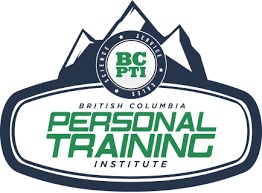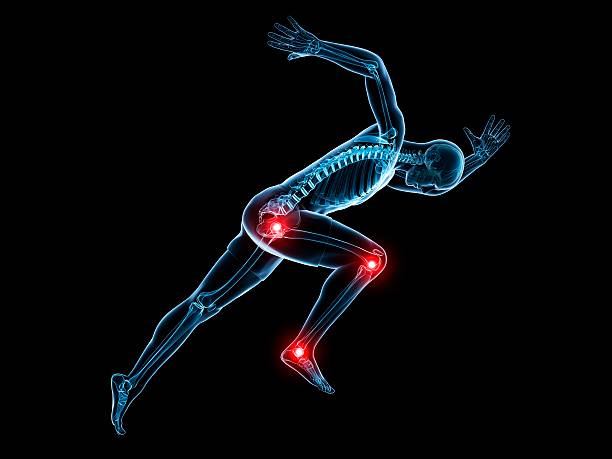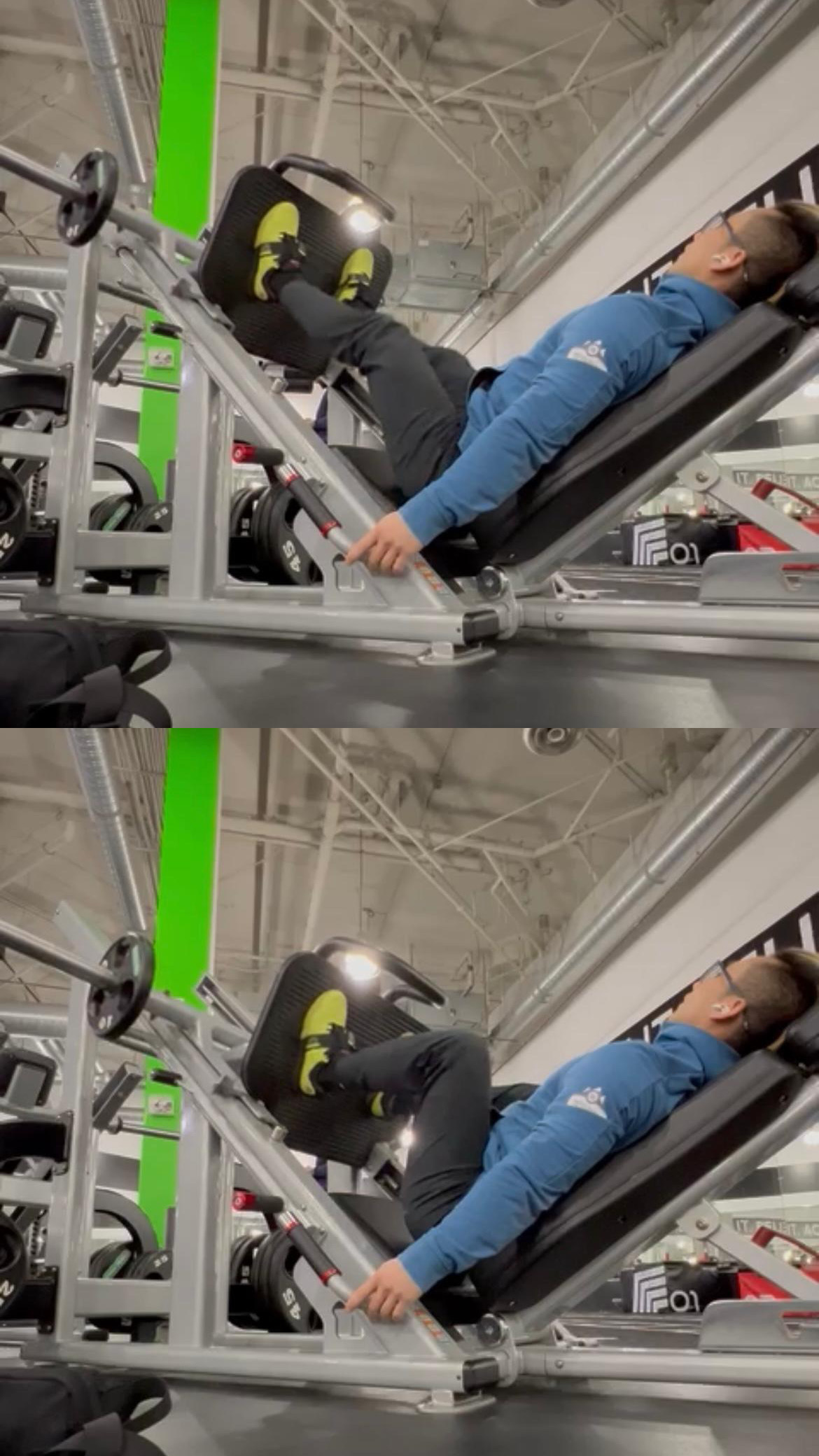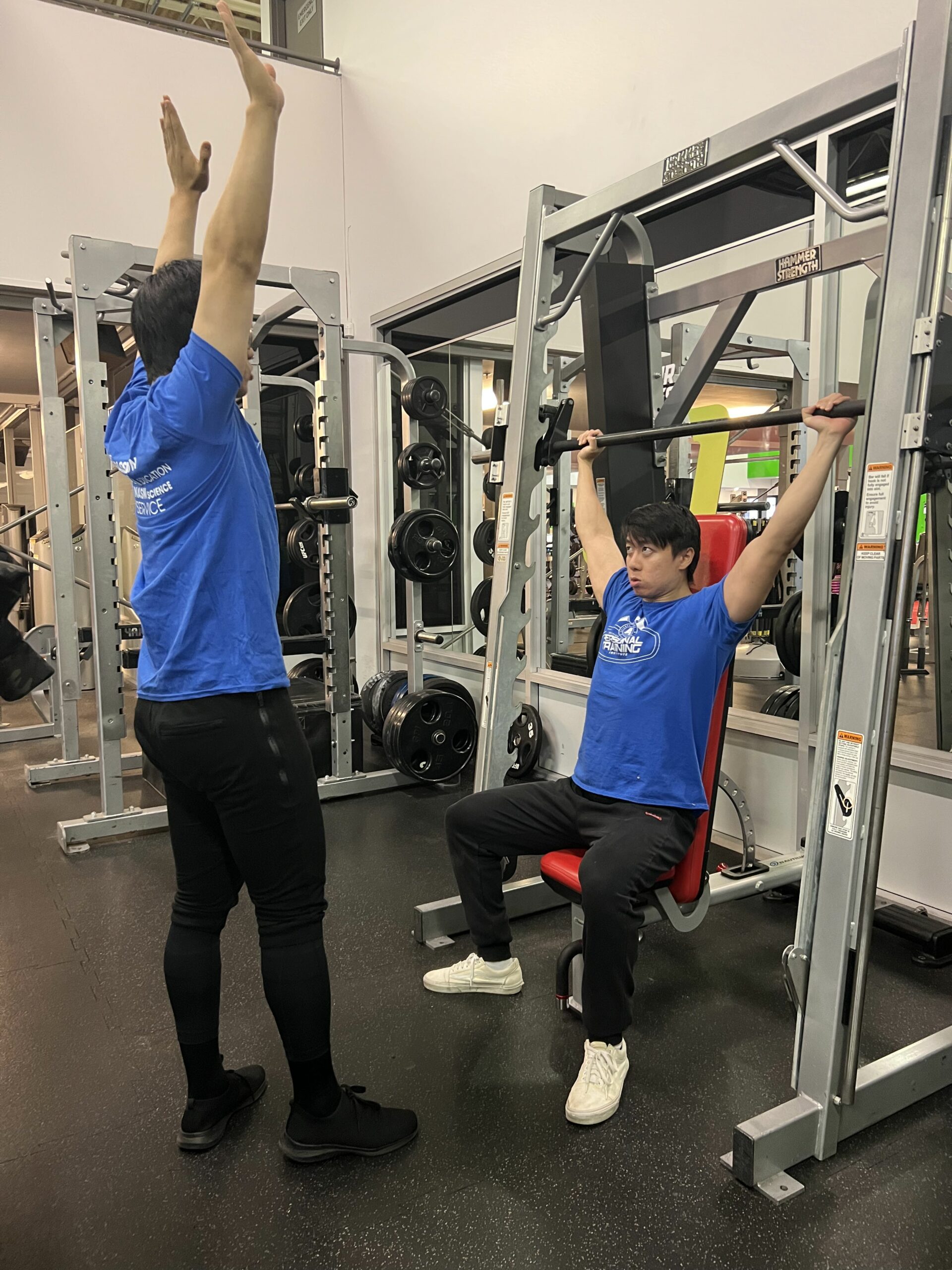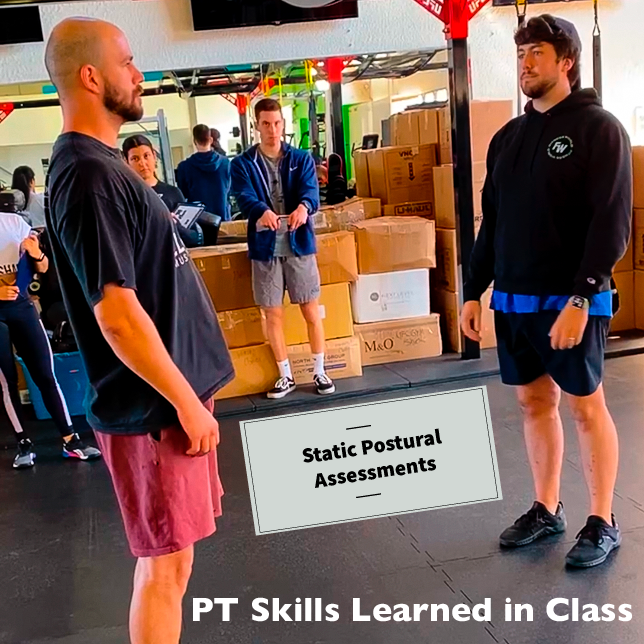According to the ACSM, bodyweight training is one of the hottest trends in the fitness industry.
Body Weight Training: Body weight training uses minimal equipment, making it more affordable.
Not limited to just push-ups and pull-ups, this trend allows people to get “back to the basics” with fitness. Everything from getting up in the morning, walking a flight of stairs, crawling like a lizard and sprinting in sports, fals into this category.
I’ve been performing bodyweight exercises for every level of function, from fitness enthusiast to professional athlete alike, for as long as I have been a trainer. I believe that controlling one’s own body through three dimensional, ninja like suppleness, is the secret to longevity, quality of life, movement efficiency, mobility and most athletic performance.
So, what constitutes a bodyweight exercise? Like any trend to enter the fitness industry, bodyweight training has its roots in uncomplicated movement based training, but has evolved into a wide scope with the greatest attention being paid towards high functioning activities. Therefore, for many reading this, bodyweight training probably conjures up visuals of gymnastics, TRX / suspension training, lunging, squatting, pushing and pulling bodies around playground implements, Power Yoga, and / or primal movement patterns such as walking like a monkey and crawling like a lizard. Here’s a link representing the latest trend (i.e. primal movement) in bodyweight training https://www.youtube.com/watch?v=W0Wr7HsylE0 . I believe 100% in movement based
training, but I can assure you, most people who attempt any of the movements on the previous video will either a) fail and / or b) are likely to get injured doing so. The reasons and rationale are too long for this article, but in simplistic terms:
- Nearly all of us suffer from the sitting disease
- Nearly all of us lack muscle reactivity & springiness, particularly adults and inactive youth
- We all possess specific movement deficiencies that must be assessed and corrected
- The muscles, fascia, joint and joint articular motions must be prepared for success via progressive overload.

When the overconfident and above average fitness goer sees the above video, they are often inspired and want to give it try. However, they often skip the fundamentals shown below and become frustrated with their lack of instant progress or ability. On the opposite end of the spectrum, the average fitness participant will avoid it due to lack of confidence and fear of incompetence. This group realizes they absolutely don’t have the prerequisite skill set to perform those activities. Both groups end up in the same place; not exploring movement and therefore not creating the youthful functionality they deserve. This failure occurs due to a lack of education in human movement. Our job as mentors is to become educated, purposefully practice on ourselves, and then teach others how to progressively remove the road blocks to bodyweight success.
Let this be statement be made loud and clear, each of these genres of training listed above have low and high function techniques associated with them. GOOD coaches in these areas of expertise teach the participants basic / fundamental movements before layering in techniques that increase the intensity significantly. Many of the basic techniques are safe to perform by entry level fitness clients and enthusiasts. Like other forms of activity, 1) the speed, 2) range of motion movement, 3) load / weight 4) degree of complexity and 5) cumulative fatigue, will determine the appropriateness of any activity for the participants performing it. Below are links to several body weight based movements. Each of these progresses mobility / movement around stability. Practice master these before jumping into ring based gymnastics work, advanced primal movements, advanced plyometrics or power yoga.
End Range of Motion & Articular Rotation Training: Andreo Spinea ( www.functionalanatomyblog.com )
- https://www.youtube.com/watch?v=yYrucxpfjjc
- https://www.youtube.com/watch?v=Zxmh_X6nIN0
- https://www.youtube.com/watch?v=4nf-BWJF_p4
Movement Prep & Core Integration: Chad Benson
Bodyweight Strength Progressions: Dewey Nielson ( https://www.youtube.com/user/deweynielsen/feature )
- https://www.youtube.com/watch?v=1-NxWtO7Hwo (Crawling)
- https://www.youtube.com/watch?v=A5wePTMtfdo (Single Leg Squat)
- https://www.youtube.com/watch?v=X6Khh-d1DLM (Pull / Hanging)
- https://www.youtube.com/watch?v=R4Fy69ziUis (Push / Planche)
Unfortunately, even against their common sense and feelings of restricted movement, most people try to jump into bodyweight training at the advanced level. Unless you have advanced knowledge of movement assessment and exercise progression, I highly recommend you become educated or obtain the services of a highly qualified fitness professional before embarking down the path of bodyweight training. I’ve listed a number of great resources above but please remember:
- These links are resources to help guide knowledge and exploration, not a certification or individualized path to bodyweight success.
- We live in a quick fix society that struggles with inactivity and obesity, but do not place you or your client’s short term body composition and athletic performance goals ahead of “p’repairing the body for success.
- Skipping important mobility and stability phases will lead to long term chronic pain, cessation of activity and poor attainment of goals.
- You can challenge your fitness goals & physiology while progressing your ninja like bodyweight skills forward. See my Blog for more information on the parallel lines of progression. http://www.bcpti.ca/recipe-personal-training-client-success-move-parallel-fitness-lines-goals/
The sensible bodyweight solution(s):
- set tangible short-term and long term goals
- seek out the qualified professional assistance of an instructor with credentials / experience in:
- functional movement assessment
- bodyweight exercise progression & regression
- Be prepared to perform several months of the prerequisite mobility and stability exercises.
If one does so, you can expect to achieve a highly functional, more athletic, musculoskeletal system that is capable of positively responding to many forms of high intensity, highly metabolic, high function activity designed to challenge the body’s cognitive and physiological processes.
Chad Benson
Director of Education, BCPTI
chad@bcpti.ca
www.bcpti.ca
